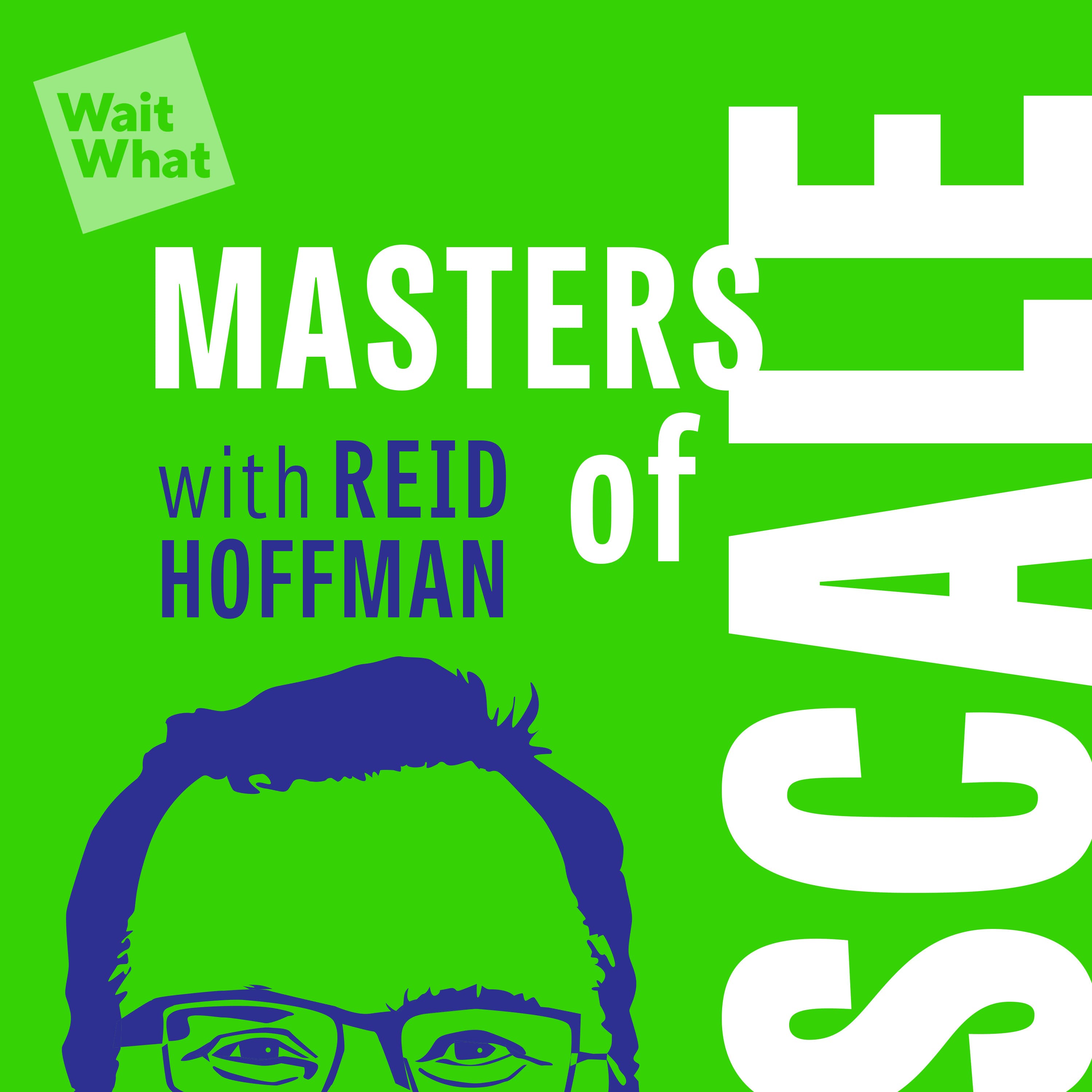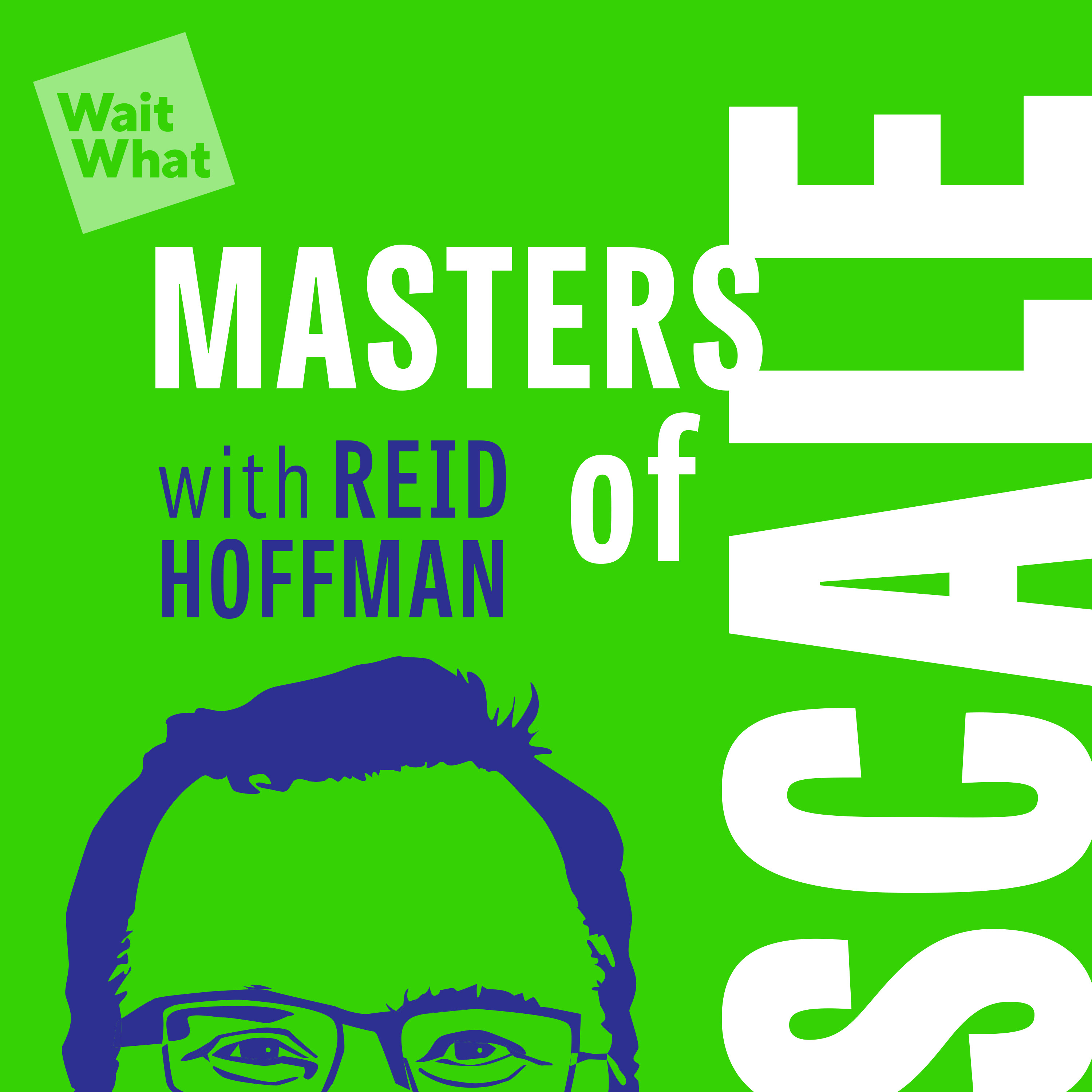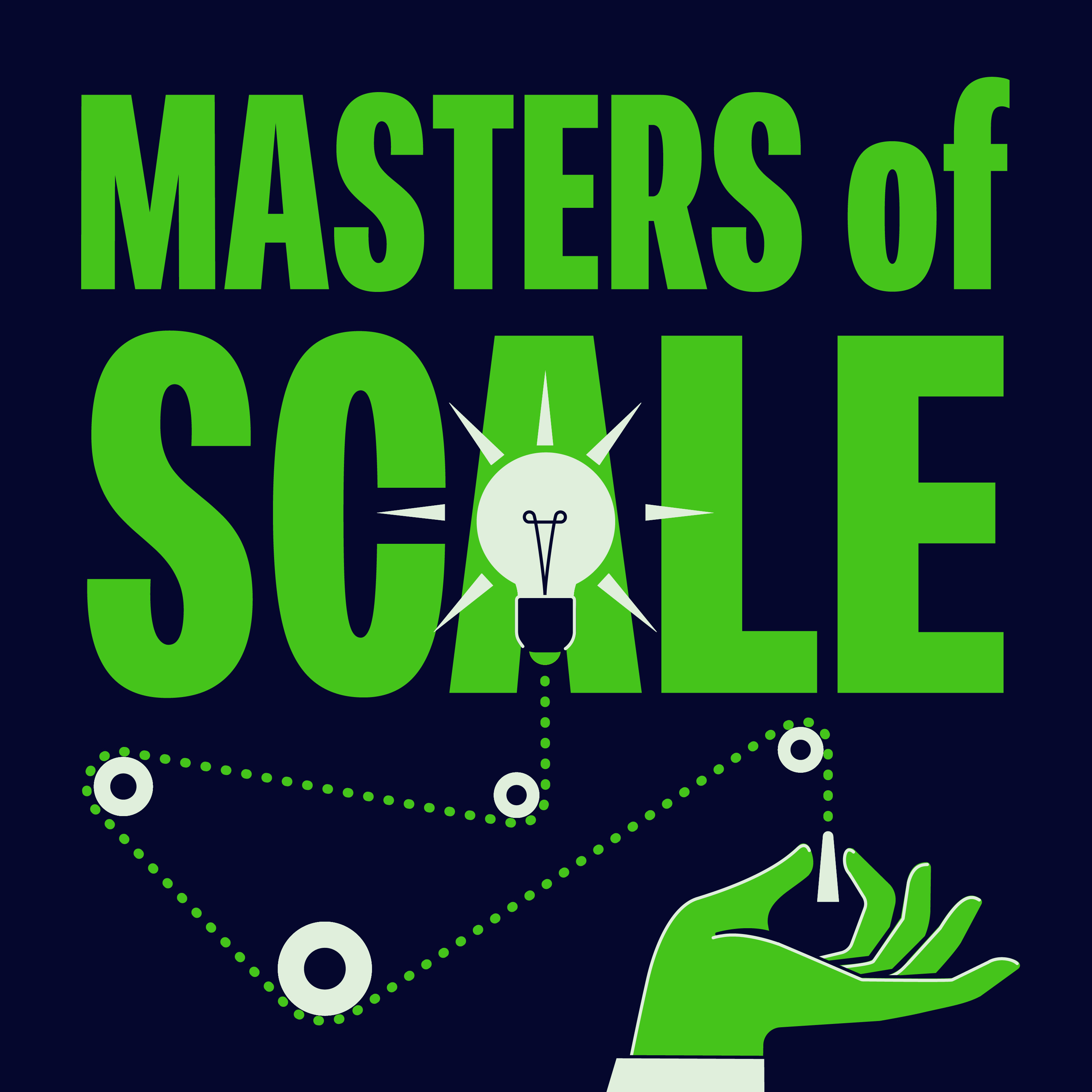
November 4, 2024 • 34min
Former President Bill Clinton in conversation with Reid Hoffman
Masters of Scale

Key Takeaways
- Historical Context: Current political division is comparable to periods before the Civil War and after Reconstruction
- Economic Focus: Need to address inflation, housing costs, and energy policy with concrete solutions rather than rhetoric
- Democratic Strategy: Acknowledge economic challenges while explaining causes and solutions rather than being defensive
- Election Stakes: 2024 election will have "massive consequences for at least 30 years"
- Future Outlook: America is well-positioned for the 21st century but faces critical choices on climate change, immigration, and technology
Introduction
Former President Bill Clinton joined Reid Hoffman on stage at the 2024 Masters of Scale Summit to discuss the upcoming election, America's current political division, and paths forward. The conversation covered historical context for today's challenges, specific policy proposals, and Clinton's perspective on emerging technologies like AI.
Topics Discussed
Historical Context for Current Political Division (02:07)
Clinton frames current political division within historical context, comparing it to two critical periods:
- The period leading up to the Civil War
- Post-Reconstruction era after President Hayes withdrew Union forces from the South
"We exposed all these cultural and other differences and we became fodder for those who could profit immensely by exaggerating our differences and trying to rub salt in the wounds," Clinton explained.
Evolution of Political Division (04:08)
- Mid-1970s: Beginning of renewed assault on idea of government
- Newt Gingrich era: Strategic effort to align white working class outside South with Southern white working class
- Current situation: Lack of "guardrails" in political discourse
Current Election Dynamics (08:08)
Clinton breaks down current voter demographics and campaign dynamics:
- Core Trump support: Approximately 44% of voters
- Undecided voters: About 5% genuinely undecided on major issues
- Key issues affecting voters:
- Inflation and cost of living
- Grocery prices
- Housing costs
- Fuel prices
Economic Policy Discussion (12:09)
Clinton outlines Democratic approach to economic challenges:
- Proposed solutions:
- Federal price gouging law
- Continued energy policy development
- Plan to build 3 million housing units
- Down payment assistance programs
- Energy policy specifics:
- Support for solar and wind
- Improved battery technology
- Small-scale nuclear technology
- Regulated fracking with high standards
Campaign Messaging Strategy (16:10)
Clinton emphasizes need for clear communication about economic improvements:
- Challenge: Three-year lag before people feel economic improvements
- Strategy: Focus on concrete policy differences rather than personal attacks
- Economic analysis: 170 economists' study showing Harris's plan costs half as much as Trump's while helping more people
Democracy and Constitutional Concerns (18:10)
Clinton expresses serious concerns about threats to democratic institutions:
- Supreme Court decisions: Particularly regarding gerrymandering and presidential power
- Institutional guardrails: Weakening of traditional checks and balances
- Constitutional interpretation: Concerns about expanded executive power
Artificial Intelligence Discussion (26:15)
Clinton draws parallels to past technological decisions during his presidency:
- Historical examples:
- Human Genome Project acceleration
- Making GPS public domain
- Mexican economic stabilization
- AI potential: Could help address economic disparities between rich and poor communities
Future Outlook and Call to Action (32:10)
Clinton concludes with optimistic but urgent message:
- American advantages:
- Innovation leadership
- Diversity as strength
- Strong position for 21st century challenges
- Critical challenges:
- Climate change urgency
- Immigration policy reform
- Political polarization
Conclusion
President Clinton's discussion emphasized the critical nature of the 2024 election while providing historical context for current challenges. He outlined specific policy proposals to address economic concerns while warning about threats to democratic institutions. His message combined urgency about current challenges with optimism about America's fundamental strengths and potential.
The conversation highlighted how current political division has deep historical roots but also presents unprecedented challenges to democratic institutions. Clinton emphasized the importance of clear communication about policy differences and concrete solutions rather than rhetoric. His final message stressed America's strong position for future challenges while emphasizing the critical importance of upcoming political choices.




